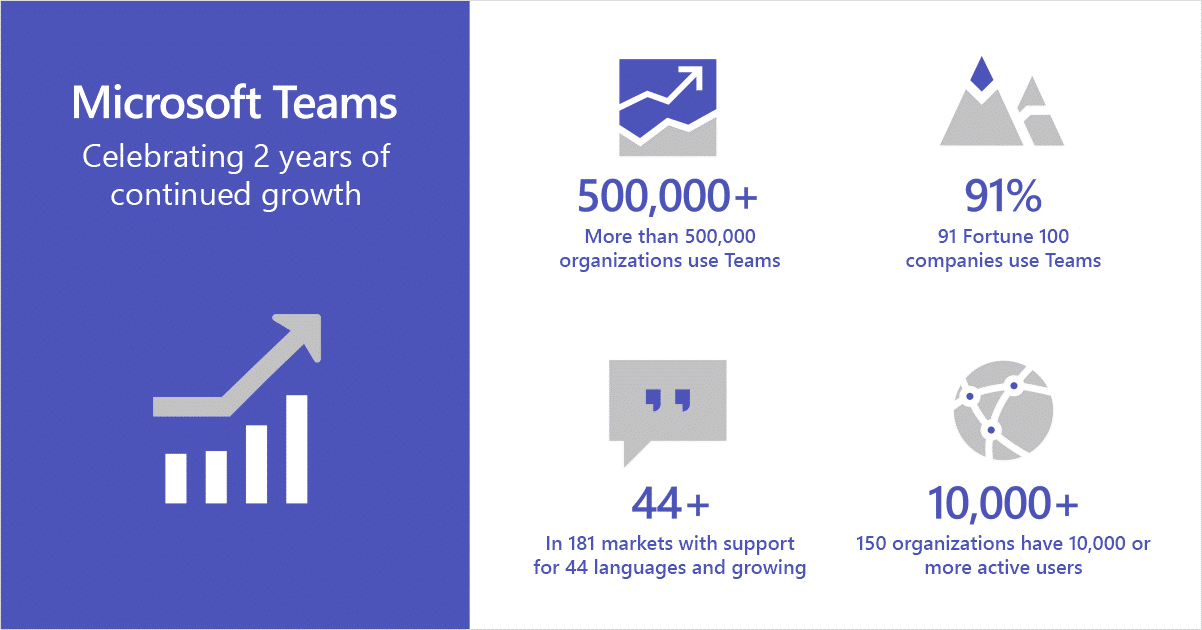MS Teams is the new Outlook. Or so it seems. If we look into the current technology trends, there is no doubt, Teams is here to stay. It is a renewed opportunity to help enhance the way teams get work done more effectively. It’s about time!
Messaging Apps are nothing new having been with us for 4 to 5 years already. One could say they have taken the corporate world by storm in terms of how teams get together and collaborate. As the new Groupware 2.0 tools, they cater to a very specific need: Helping relatively small groups of people share their knowledge and collaborate on specific projects with their peers, customers and business partners.
The Digital Workplace – More Than Just a Piece of Software
Over the last 15 years, we have witnessed how organizations have, literally, opened up to the world of public collaboration and knowledge sharing. They would have never achieved that without Enterprise Social Networking tools (a.k.a. ESNs). However, there has always been an appetite for businesses to cater to a different need.
It should be possible to help practitioners become more effective at what they do. Even in smaller groups where everyone usually knows everyone else. Last but not least, they always have a very specific goal in mind: A customer, a project, a product, a process. You name it.
ESNs still provide a tremendous amount of value. They help transform the way organizations work to support social networks and online communities beyond the traditional email and file sharing exchanges. There is no doubt though, that messaging apps like MS Teams, help businesses embrace a new way of working. Small groups of practitioners can collaborate in a secure, enclosed environment. Everything is integrated with different third-party apps. Multiple types of interactions are possible (text, audio, video) and eventually, this is the place where the need to work on different team projects becomes a reality.
MS Teams – The New Kid on the Block
MS Teams is the new Outlook, indeed, but it comes at a time when businesses understand that the good old myth of one-size-fits-all is just that, a myth. Today’s digital workplace is a lot more nuanced and complex than a decade or so ago. As such, the beauty of having powerful collaborative environments like MS Teams helps everyone understand that we should always be finding out about the end-users’ needs and meet them accordingly.
Right now, practitioners have the need to collaborate and share their knowledge in smaller groups, without losing sight of the wider enterprise collaboration and social networking ecosystem. And that’s the void MS Teams fills in quite nicely. It’s also why you should be paying attention to it if you haven’t already. Otherwise, you may have already missed out…


